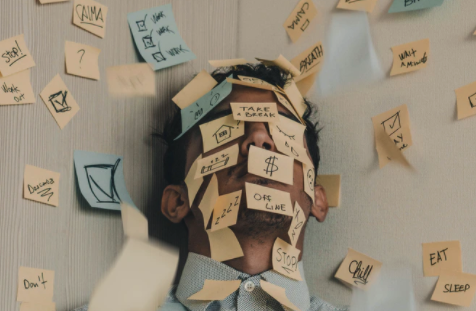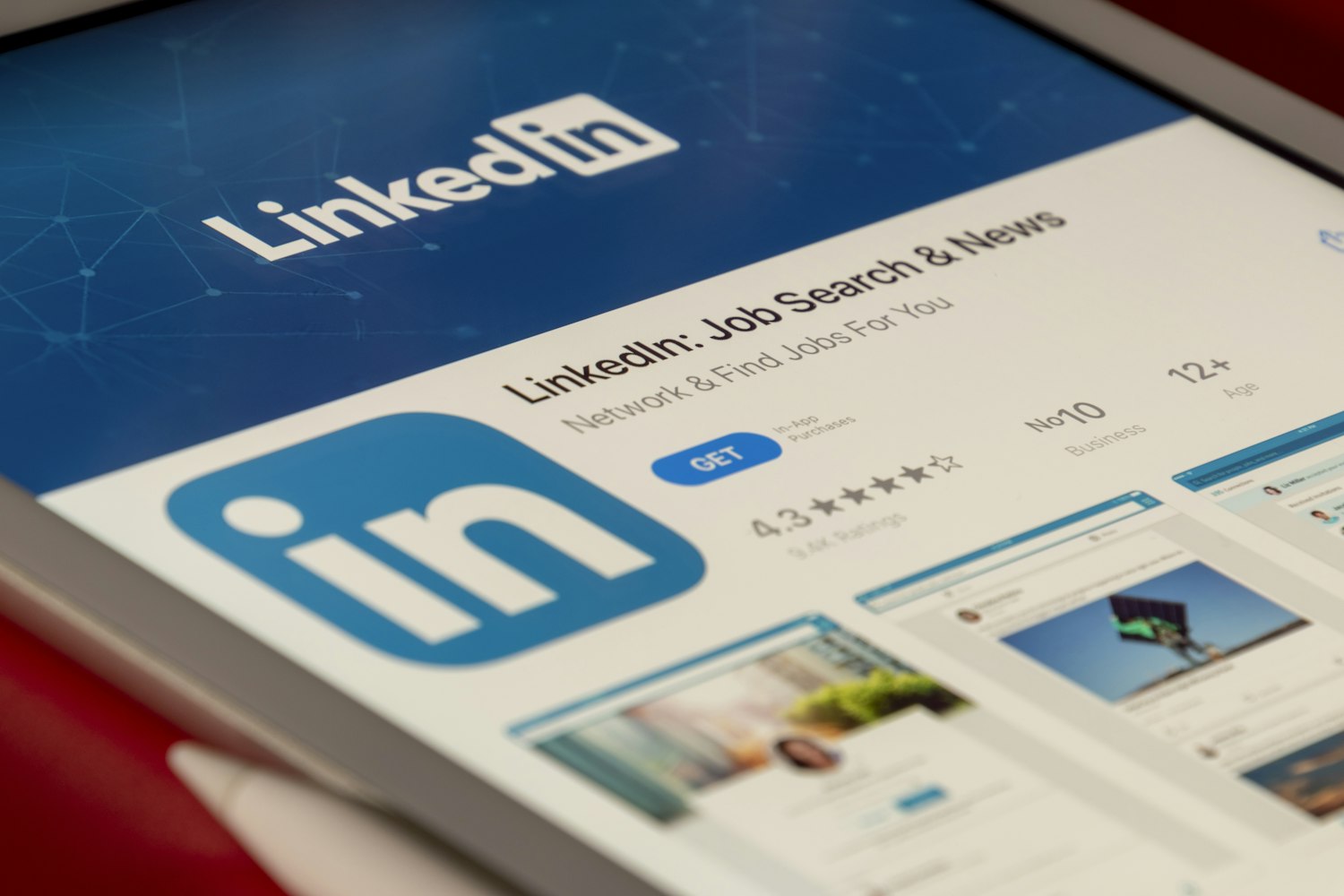Transitioning to UX design. It’s all the rage. I jumped on the bandwagon two years ago and never looked back. If you too are trying to make the transition, learn from my mistakes (and successes). And this isn’t just for designers: UX writers, content designers, content strategists, or anyone looking for work in UX might find these helpful. First, what didn’t work.
Didn’t work: Attending meetups (by myself)
This is a shout-out to all the introverts who would rather be dragged through hot coals than make small talk with strangers. I get the importance of “getting out of your comfort zone,” but sometimes it’s important to know your limits.
This is what my first (and last) meetup experience looked like:
I didn’t know there was an hour of “socializing” before the event started. And I’m not the type who can approach a random person and introduce themselves.
Finally, after standing awkwardly for approximately 32 years, the leader of the event approached me. He suggested a book that would help me get over my social anxiety. A nice gesture—but in the moment I was embarrassed to have him point out my vulnerabilities.
Suggestion: Go to meetups but bring a friend. Sometimes it’s easier to talk to new people when you have a buddy.
Or, how about 1:1 networking? I suggest Lunchclub. The platform connects you with professionals in your field for meaningful 1:1 conversations. And it’s pandemic-approved!
Didn’t work: Making a fancy website
Building a portfolio was one of the most anxiety-inducing parts of my job search. I had a mentality of “I’m a designer, so I have to have a wicked cool website.” No. You don’t. I spent way too much time and tears trying to make a great, custom website. Only to throw it away and start over with Wix.
Suggestion: Follow the KISS (Keep It Simple, Stupid) method. Make it only as fancy as need be to make your UX projects shine. As the old saying goes, don’t let perfection be the enemy of good. Quickly get something out there that’s good. Once that’s done, then go back to spruce it up.
Didn’t work: Using a third-party headhunter
I’m sure many great people have found great jobs through great headhunters. But I was not one of them.
How I imagined headhunters working: my recruiter would produce this magical list of hundreds of jobs and would find me the perfect fit. Instead, I learned that each headhunter agency has only a handful of clients and may not even have any open positions. I spoke with many headhunters, and for the most part, I just went into their “system” and never heard from them again.
Except one. A headhunter said she had a great position for me. But I thought the description sounded like a poor fit. But she insisted that the company “loved” my portfolio and was “eager” to talk to me.
I went into the interview with a stroked ego and left with it shattered. The job was not what I wanted, and I definitely was not the candidate the company was looking for. I was frustrated that I had gone to all of that trouble only to have my gut instinct confirmed.
Suggestion: If you’re using a headhunter, make it crystal clear what you’re looking for. It’s common advice to take interviews just to get interviewing practice. But if the job description makes you say “eek, no,” then it’s probably best not to waste your time (or the interviewer’s!). Listen to your instinct.
Also good to note: I got the impression that headhunters are better for experienced candidates—it was rare to find a junior position.
Worked: Reaching out to people on LinkedIn
In contrast to the non-helpful headhunter, I’ve found the design community to be an extremely helpful bunch. One guy I reached out to directly helped me get my job by connecting me with a recruiter. He was a stranger and didn’t have to do that. Now, I admit that I probably got lucky on this one. He went above and beyond by inviting me for coffee and reviewing my portfolio on the spot.
Here is my exact LinkedIn message if you want to finesse it to make it your own:
“I’m reaching out to you because you popped up on my LinkedIn suggestions and I saw that you’re a UX designer at [company]. I’m trying to break into the field of UX and was wondering if you wouldn’t mind telling me how you made the transition from graphic designer to user experience designer. If you have a moment, would you mind walking me through how you became a successful UX designer? What advice do you have for breaking into the field? Anything you can offer me is greatly appreciated!”
You may not get as lucky as I did, but it’s worth a shot. Many people didn’t reply to me. But I’ve generally found that people are willing to help. And in return, I’ve done my best to help those who reach out to me.
Worked: Posting my goals
This is a bit hackneyed I suppose, but I always keep a “Road to Success” post-it on my desktop monitor. I list all the things I need to do to make that next step in my career. I divide it into “musts” and “nice to haves.” What tangible steps are you going to take to become a UX designer?
Goal setting should follow the SMART (specific, measurable, achievable, relevant, and timely) method. For example, if you want to learn Figma, a goal could be to “Create a working prototype in Figma by July 1.”
I’ve also found that a benefit of the list is to keep your momentum going. There’s nothing sweeter than seeing a bunch of to-do’s marked off on your Road to Success. I keep an old list next to my new one so I can see how far I’ve come. It keeps you on track, but more importantly, increases your confidence: “Look at all of these things I’ve learned!”
Worked: Tailoring my suggestions to the companies I interviewed with
In my interviews, I wanted to be able to show that company exactly what value I could give them. This is way more powerful than only being able to say what I did for another company.
To prepare for my interview, I reviewed the company’s website. Then, I did a mini usability test with friends and family to discover where some UX love was needed. I put my suggestions in a deck and presented it at my interview.
I was later told by my boss that mine was the best interview he’d ever seen. It showed that I would walk in the door on day one with ideas brewing. Now that’s providing value.
Everyone’s UX journey is different. But I hope these practical tips can help nudge you in the right direction. Good luck!
More helpful tips
8 tips to ace UX writing interviews (article)
The power of UX writing mentoring (article)
Becoming a UX writer from scratch (podcast episode)





